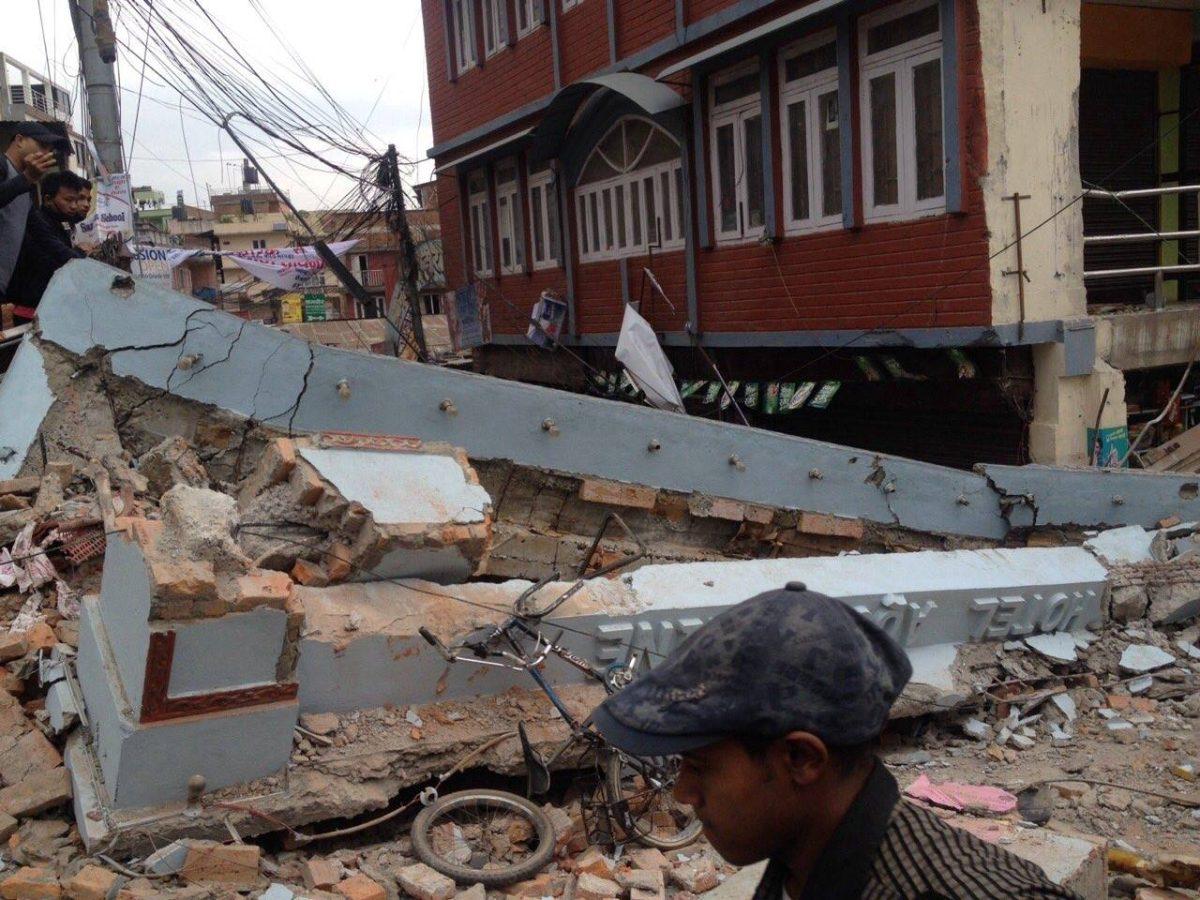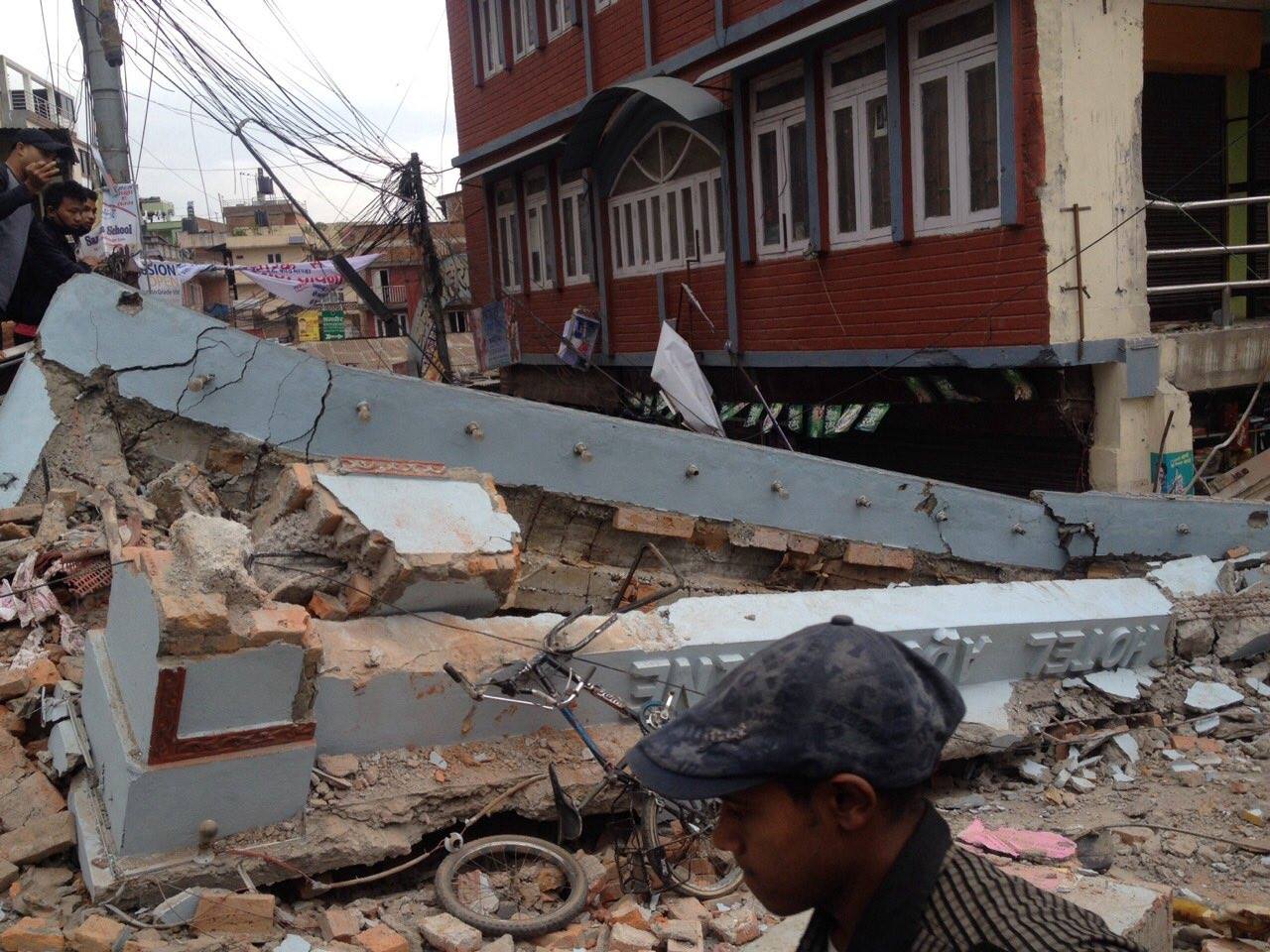“My heart and prayers go out to everyone who was hurt by the earthquake,” said sophomore history major Kat Cahill. “It makes me wonder what will happen if one shakes here. It seems like we’re always told, ‘you’re next,’ after destructive earthquakes like this one.”
Geography and global studies professor Michelle Goman said why the recent Nepal earthquake was as catastrophic as it was. She said the region in which it occurred is characterized by a collision boundary. This is where the Indian tectonic plate pushes underneath the Eurasian plate. The Himalayan Mountains are a result of these plates pushing up together at an almost equal rate. The professor said they had been stuck, applying intense stress to the area.
“When the plates slipped the stress was released very rapidly,” said Goman. “The location of the slip occurred relatively close to the earth’s surface (about 15 km) and so this makes the energy released more damaging. The city of Kathmandu was built on top of an ancient lake basin filled with sedimentary material. Because of their structure and composition, sedimentary rocks will amplify the shaking motion caused by the earthquake and the damage will be greater.”
Nepal is still cleaning up after the 7.8 magnitude earthquake which struck at 11:56 Nepal time on April 25, followed by two major aftershocks at magnitudes of 6.6 and 6.7. According to the United States Geological Survey, the epicenter was approximately 80 km to the northwest of Kathmandu, the capital of Nepal. Areas also affected include China, Bangladesh, India and Bhutan.
More than 7,000 people have been pronounced dead as a result of this devastating quake and more than double that amounts to those injured. There have been four reported casualties from the United States.
The website also details two of four major earthquakes surpassing a magnitude of six that have occurred in the last century around this particular area. In August of 1988, 1,500 fatalities occurred as a result of a 6.9 magnitude earthquake. The largest ever documented was the Nepal-Bihar earthquake of 1934. It was an eight on the scale, with 10,600 fatalities recorded.
Many California residents fear they are due for a large earthquake of their own.
“We need to take preparedness more seriously,” said junior psychology major Emerald Culmer. “It’s more likely that the big one might happen any day now. We need to prepare with water, flashlights and all those things included on the lists for emergency preparedness.”
For those interested in helping Nepal rebuild after the unfathomable devastation, text “Redcross” to 90999 to donate $10 to the cause.
The Red Cross, UNICEF and MercyCorps are just some organizations among many that include information for visitors to easily donate to the survivors of the earthquake.





![[Both photos courtesy of sonoma.edu]
Ming-Ting Mike Lee stepped in as the new SSU president following Sakakis resignation in July 2022](https://sonomastatestar.com/wp-content/uploads/2024/04/CC4520AB-22A7-41B2-9F6F-2A2D5F76A28C-1200x1200.jpeg)



























